Winter Ducks
For sheer visual pleasure it’s hard to beat the splendour of ducks on a sunny winter’s day.
If you’re an aspiring birder, a great way to engage with beautiful birds, hone your binocular skills, and take terrific photos is to seek winter ducks.
While warblers and many other songbirds are gorgeous, they are small and often constantly on the move, making them difficult to pin down with binoculars. For a novice birder, the experience can be frustrating.
Ducks, like warblers are beautiful, but they’re big and easy to find. Moreover, they often stay put, especially in winter when they congregate in the open water of lakes.
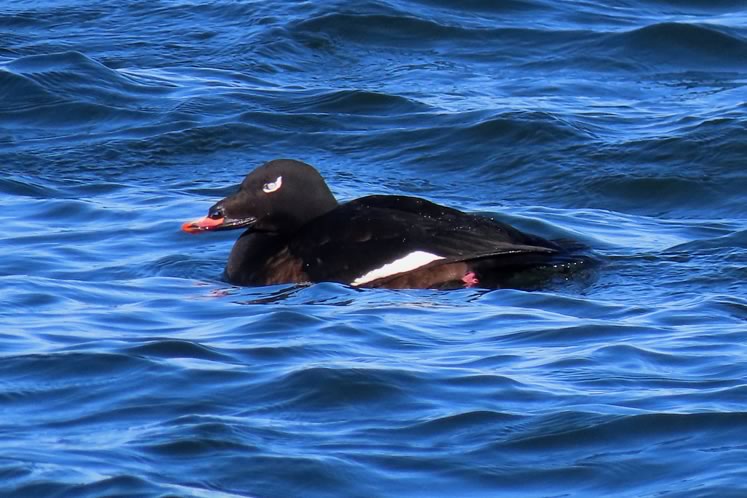
White-winged scoters feed on mollusks and other small creatures. Photo by Don Scallen.
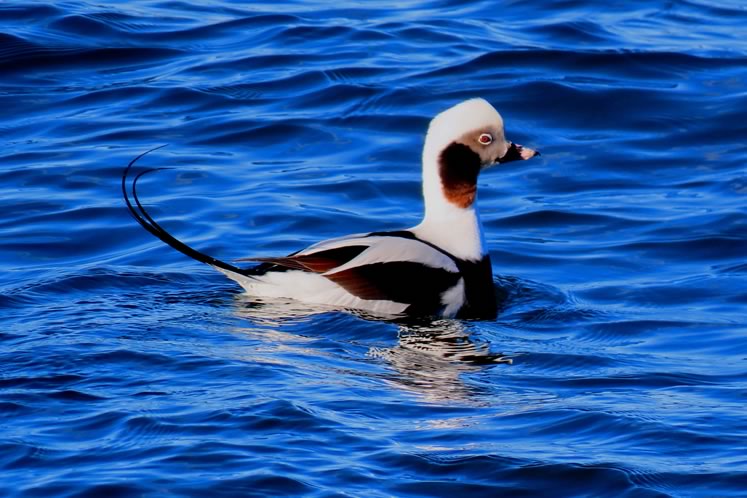
Long-tailed duck. Photo by Don Scallen.

Redhead duck. Photo by Don Scallen.
The photos with this blog were taken along the Lake Ontario shoreline in Burlington, but Island Lake in Orangeville and Luther Marsh will host these species after ice-out.
Some species will stay to breed but most will head north to the Canadian Shield and even the high Arctic.
Ducks, like other groups of birds, divide the spoils of their chosen habitat by foraging in different ways. Some, like the familiar mallards, are “dabblers,” content to dunk their heads and necks just under the water to feed on aquatic plants and small invertebrates.
White-winged scoters and long-tailed ducks are “divers,” propelling themselves to lakebeds with powerful webbed feet. There they feed on mollusks and other small creatures. Mergansers are fish eaters, equipped with serrated bills to grip their slippery prey.
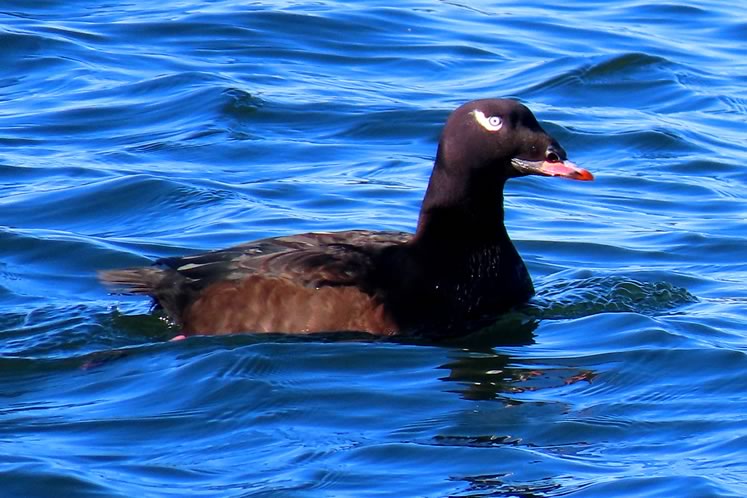
White-winged scoters and long-tailed ducks are “divers,” propelling themselves to lakebeds with powerful webbed feet. Photo by Don Scallen.
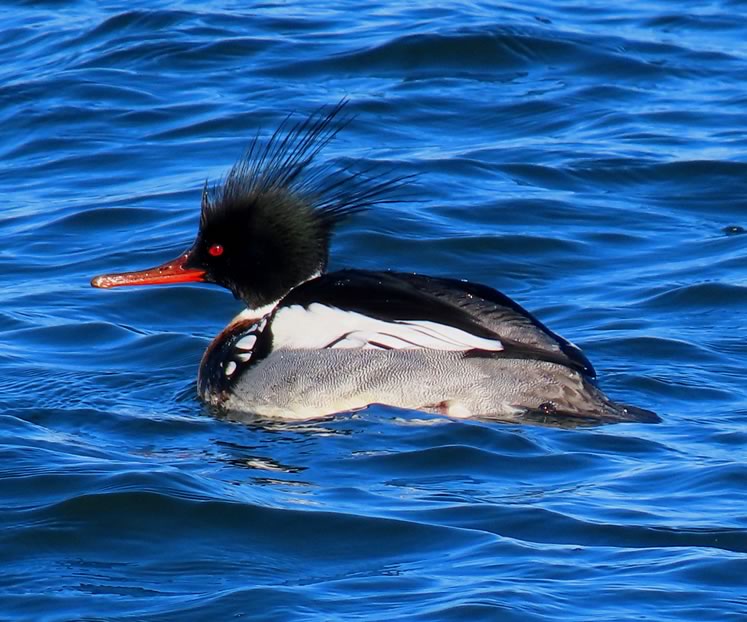
Red-breasted merganser are fish eaters, equipped with serrated bills to grip their slippery prey. Photo by Don Scallen.
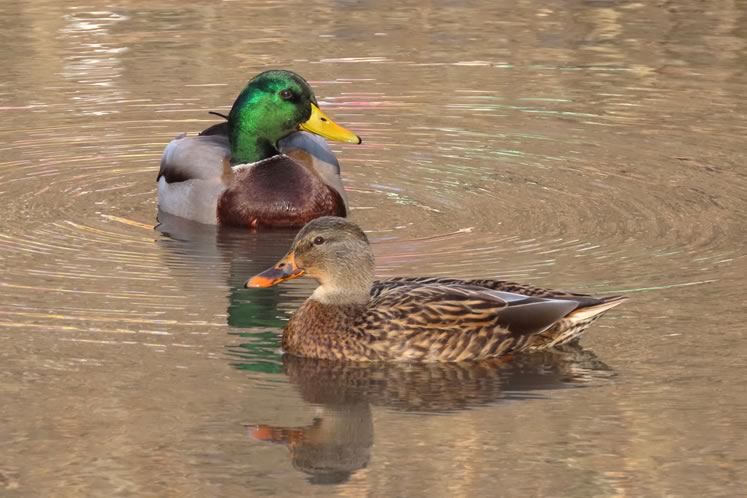
Mallard ducks. Photo by Don Scallen.
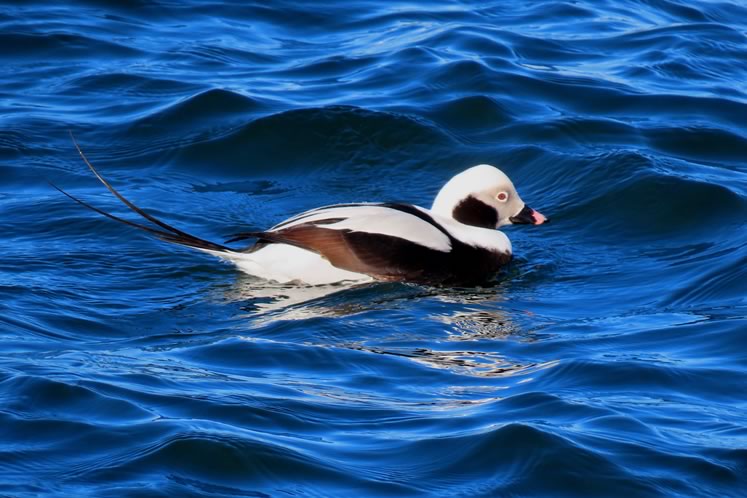
Long-tailed duck. Photo by Don Scallen.
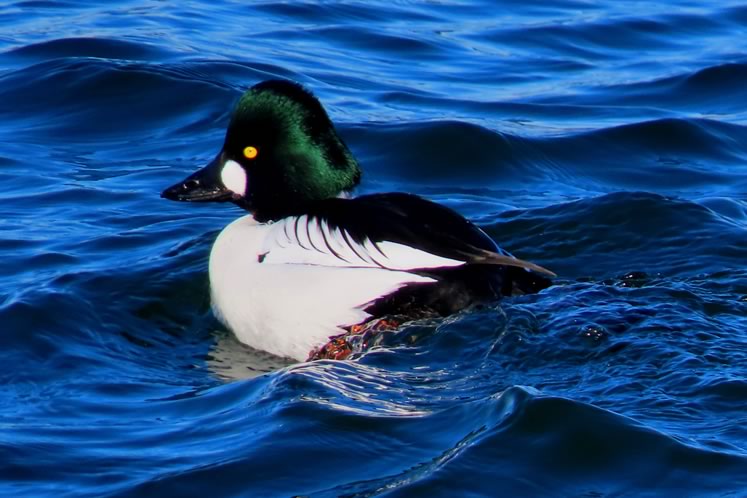
Goldeneye duck. Photo by Don Scallen.
Good photos like the ones in this blog can be achieved with a handheld point and shoot camera. Quick and easy. However, a little more patience and a telephoto lens on a tripod will yield spectacular results. Check out Robert McCaw’s duck photography on his website: robertmccaw.com
For sheer visual pleasure it’s hard to beat the splendour of ducks on a sunny winter’s day. Avifaunal ambassadors, unabashedly flaunting their beauty. Spending time with them may leave you hopelessly besotted and stoke your desire to seek other winged wonders.
Related Stories
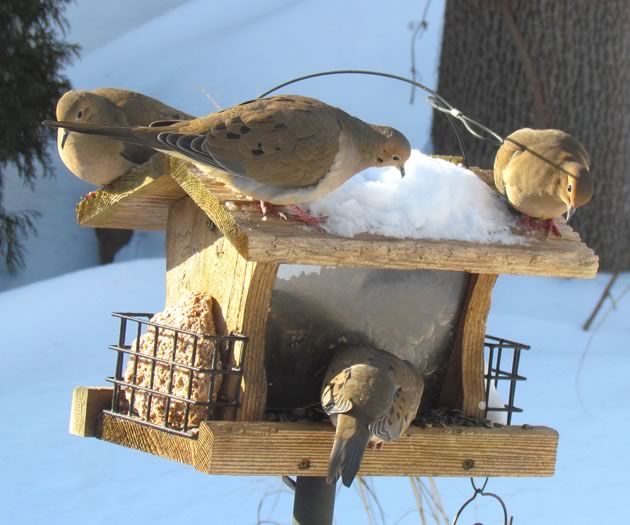
Avian immigrants and bird-feeding
Feb 9, 2015 | | Notes from the WildBird feeding has been largely responsible for the expansion of cardinals and mourning doves into Ontario.
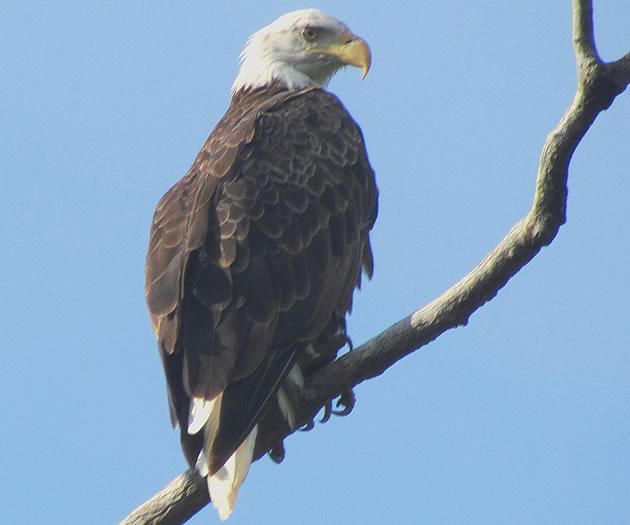
Bald Eagles
Feb 2, 2017 | | Notes from the WildLuther Marsh is likely the best prospective nesting real estate for bald eagles in the Headwaters region.
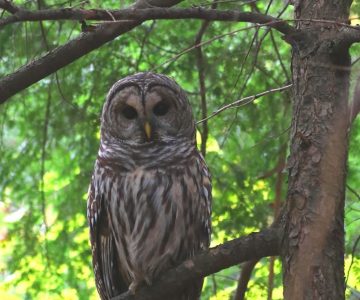
Barred Owls
Feb 5, 2019 | | Notes from the WildBarred owls, like all owls, exercise a mysterious hold on our psyches. Birders and non-birders alike are drawn to their expressive faces and large liquid eyes.
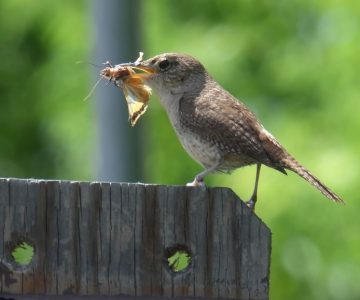
Birdsong – Brought to You by Bugs
Jul 4, 2018 | | Notes from the WildI recently had the pleasure of watching a pair of house wren parents feed their babies in a backyard nest box.
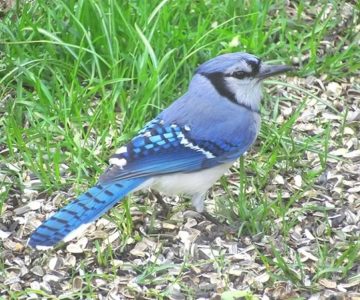
Blue Jays
Oct 25, 2016 | | Notes from the WildBlue jays are villains – winged brigands with a penchant for raiding the nests of other birds to devour eggs and nestlings.
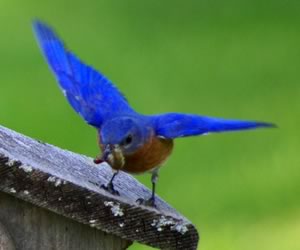
Bluebirds
Jun 5, 2017 | | Notes from the WildThe success of bluebird nest boxes tells us that we can help wildlife, if we care enough and have the will.
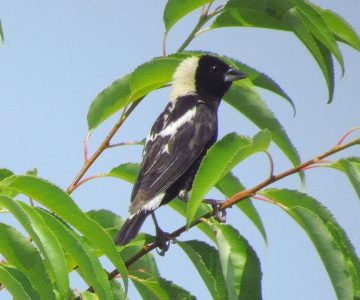
Bobolinks, Grasslands and Forks of the Credit Provincial Park
Jul 25, 2012 | | Notes from the WildBobolinks, though, are only one patch in the quilt of the glorious grassland ecosystem that exists at the Forks.
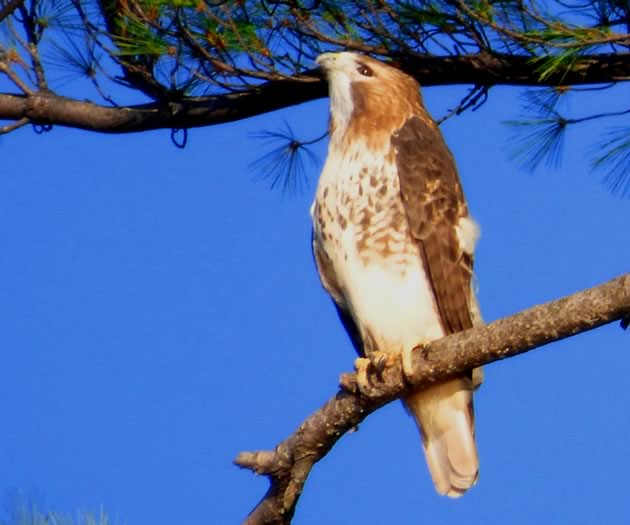
Red-tailed Hawk
Dec 23, 2015 | | Notes from the WildA red-tailed hawk’s vision can be 10 times more acute than ours.
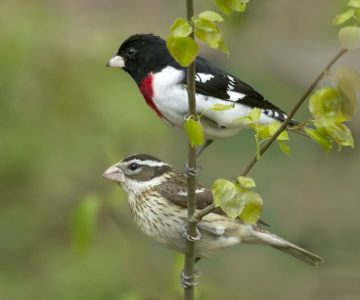
Spring Songbirds
Jun 14, 2019 | | Notes from the WildMay and June herald the arrival of a trio of supremely beautiful tropical migrants: indigo buntings, Baltimore orioles and rose-breasted grosbeaks.
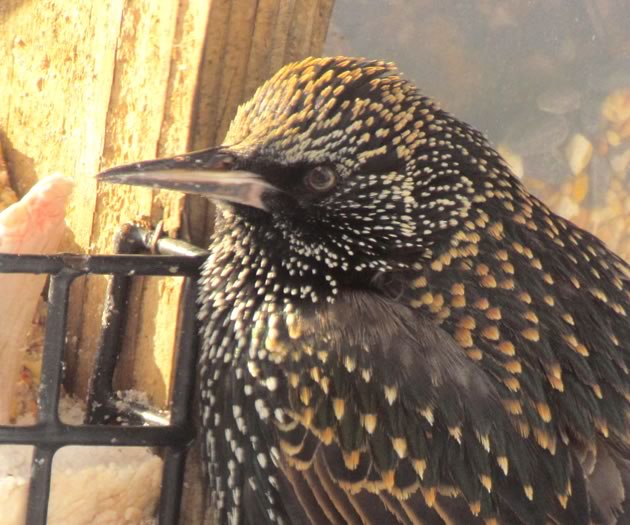
Starlings – Birds We Love to Hate
Jan 4, 2017 | | Notes from the WildStarlings were introduced to New York City from Europe in the 1890s, there are now more than over 200 million of them in North America.
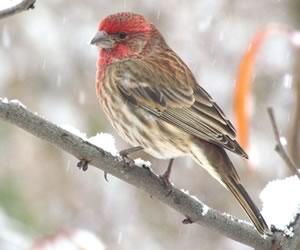
The Hollywood Finch
Feb 27, 2017 | | Notes from the WildThe house finch, perhaps more than any other bird species, is a confirmed urbanite, eating the bird seed we provide and cozying up to us at nesting time – hanging flower baskets are favourite nest sites.
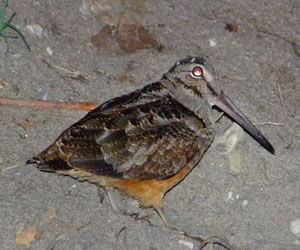
Timberdoodles
Apr 9, 2013 | | Notes from the WildThe flight of the timberdoodle should continue through April and can be witnessed at dawn as well as dusk.
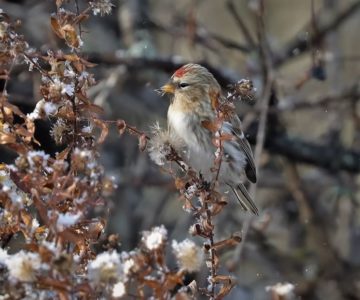
Winter Bird Watching
Jan 12, 2021 | | Notes from the WildThis is a special winter for bird watching in the hills.
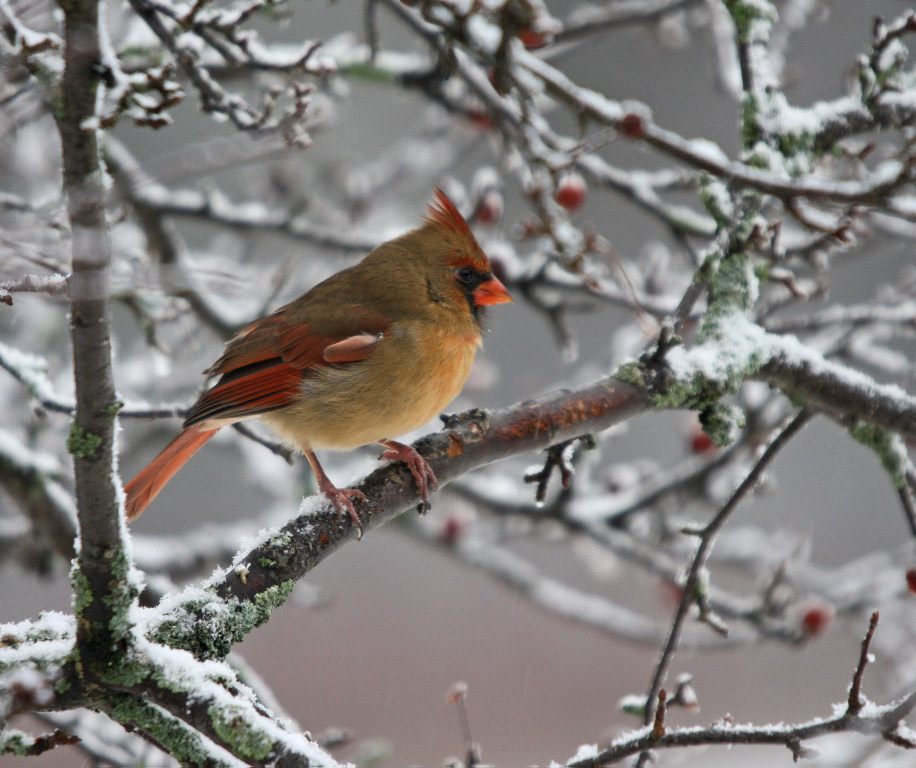
Winter Bird Counting
Jan 17, 2011 | | EnvironmentThe Christmas Bird Count is an annual tradition that entices naturalists to down steaming cups of pre-dawn coffee and then head out birding at first light.








